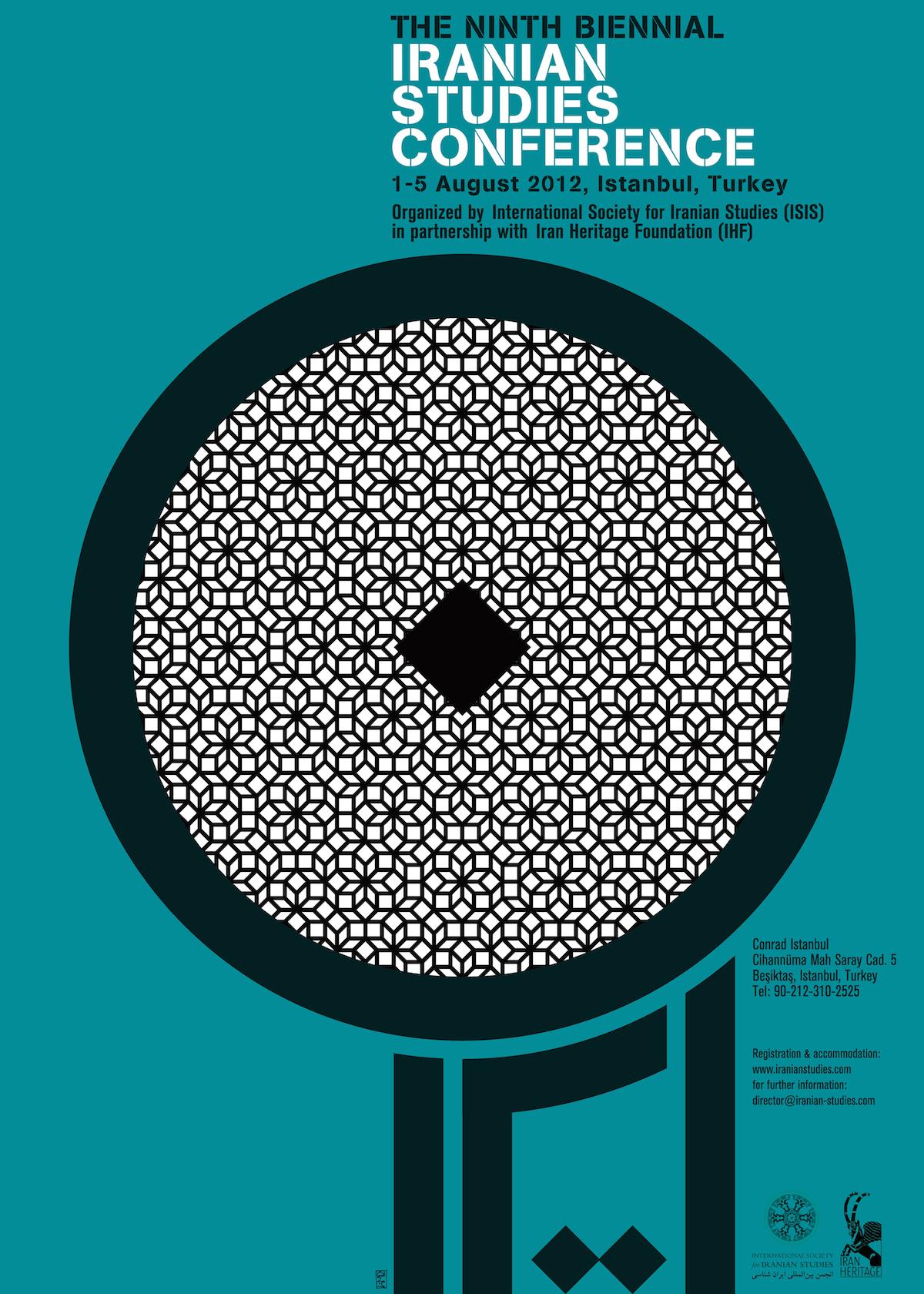Identifying Persian Culture in Anatolia Under Achaemenid Rule

he Soudavar Memorial Foundation sponsored two panels convened by Prof. Dr. Latife Summerer, Visiting Professor at Ludwig-Maximilians University in Munich at the Ninth Biennial Conference on Iranian Studies at Istanbul, organised by the International Society of Iranian Studies and Iran Heritage Foundation. Two centuries of Achaemenid domination in Anatolia has been a period of profound transformations in terms of economics and politics, but also in cultural life. After conquering the existing old kingdoms many Persians, including court retainers, soldiers, priests, dealers and other ‘Achaemenid personnel’ came to Anatolia, even if the number of these immigrants is difficult to assess. This predisposed changes in daily life and breaks in old traditions.
Several colloquia and individual studies have long devoted to the details of the cultural interactions between Iranians and local population in Anatolia. Yet, there are still many questions about cultural changes: 1.) How can we detect the Iranian immigrants in the material culture? 2.) How can we identify the changes that provoked by cultural encounters between the Anatolian locals and the Iranian immigrants? 3.) How should we interpret the once determined shifts in cultural life? 4.) Finally how can we recognize the specific patterns of cultural changes? These questions are not entirely new, but they are the key to further investigations on the dynamic, receptivity and continuity of the cultural impacts, and their capacity to serve as this key is enhanced by the recovery and analysis of new material evidence. Accordingly, the aim of the five twenty-minute papers that comprise this interdisciplinary panel is to advance understanding of the mechanisms of cultural changes in Anatolia under the Persian rule by placing recent discoveries at Kelainai and Tatarli in the wider context of Achaemenid Western Asia Minor.

